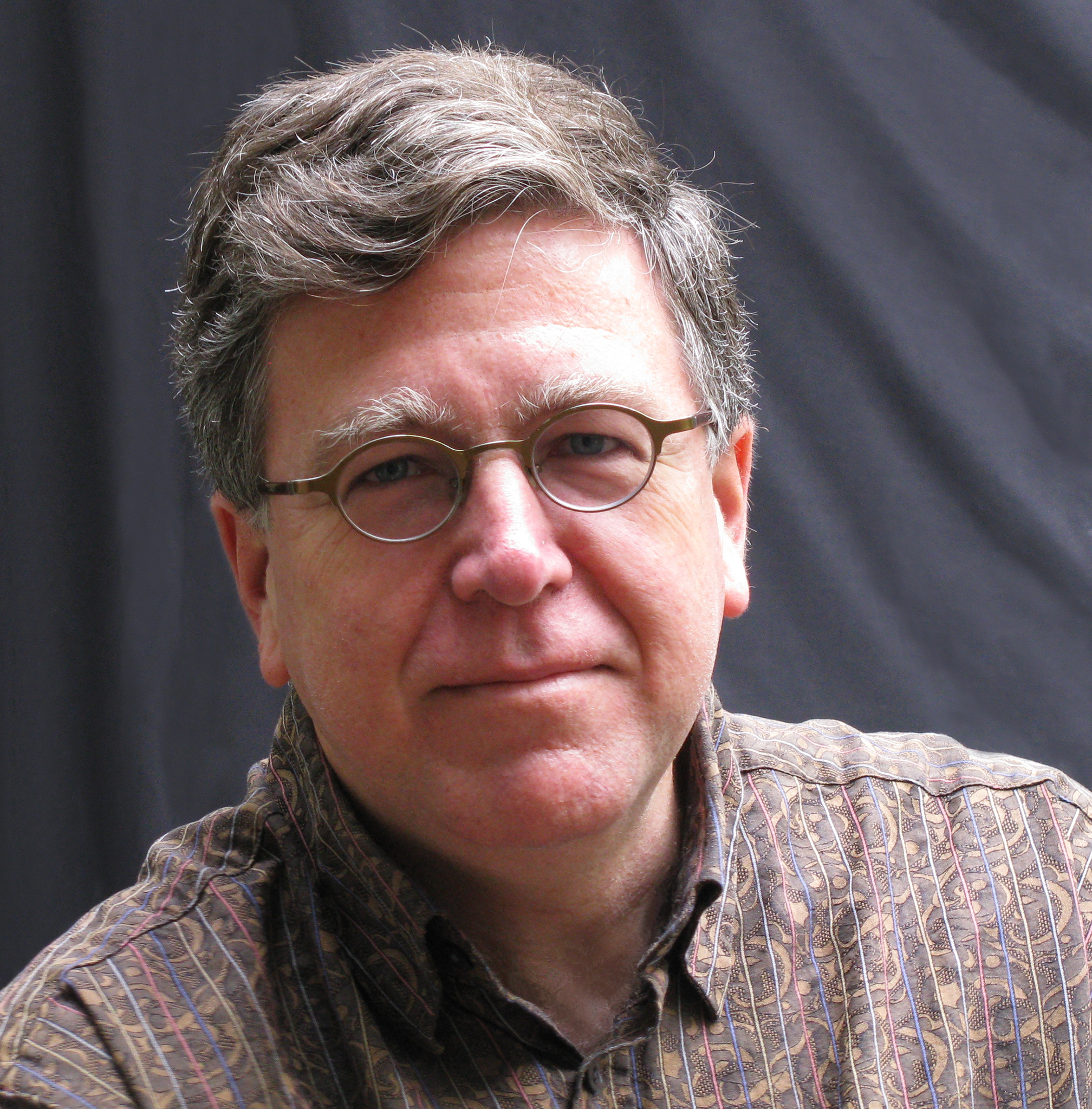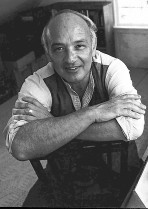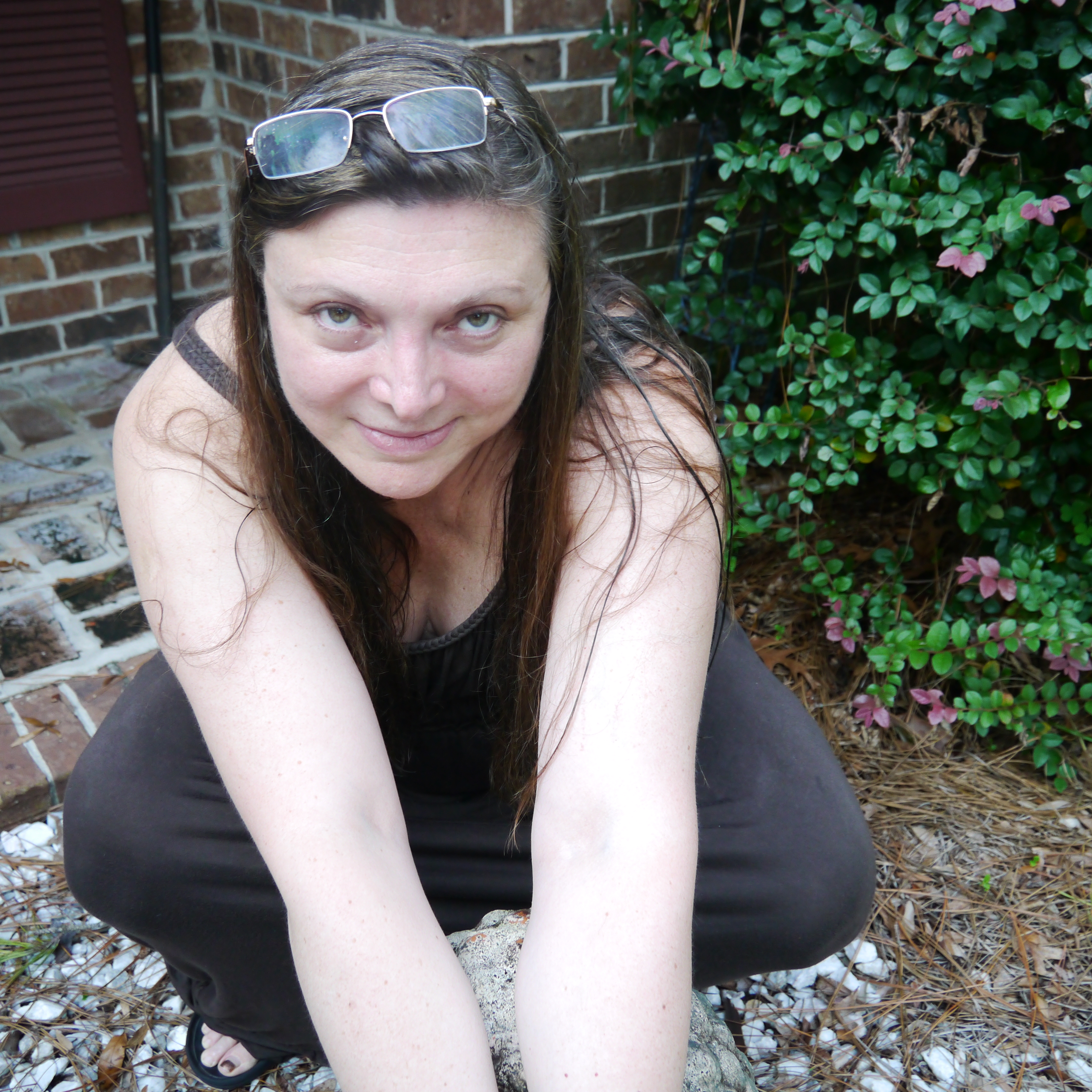In his 1994 book Peddling Prosperity, the economist Paul Krugman offered an analogy that I have never been able to forget. He suggests that modern economics, which he fondly calls a “primitive science,” has reached about the same level of development that medicine reached in 1900.
Medical researchers had, by that time [1900], accumulated a great deal of information about the human body and its workings, and were capable of giving some critically usefully advice about how to avoid disease. They could not, however, cure very much. Indeed, the doctor / essayist Lewis Thomas tells us that the most important lesson from medical research up to that time had been to leave diseases alone—to stop traditional “cures,” like bleeding, that actually hurt the patients.
By such a standard, what level has the teaching of creative writing reached? Not the twenty-first century, certainly. And probably not the close of the nineteenth century, either. We teachers and students can probably lay fair claim to have “accumulated a great deal of information” on writing processes, canonical literature, common student problems and the like. In our classrooms, we can feel proud that we can create a nexus of workshops, readings, discussions, and wise words that provide encouragement and inspiration for dedicated aspiring writers. Yet I wouldn’t feel comfortable claiming that our field has worked out which techniques do and do not “hurt the patients.” And I am sure that schools of the other arts have more reliable and codified methods of teaching than ours.
Such a limited state of knowledge should lead to humility, and openness to new ideas. I always feel peculiar when teachers attack their peers’ techniques, outlooks, and rubrics, either on panels or in print. How can we already know what doesn’t work? We have barely invented leeches.
Of all the aspects of creative writing pedagogy, the only ones that deserve attack are the ones that seem to be blocking the field’s development, the articles of faith that underpin what we do now, and prevent us from doing something more effective.
One assumption that seems particularly pre-enlightenment is the one, unfortunately, that underlies the entire workshop method—the belief that instruction in creative writing must come after the act of writing. Students must first write, then we must teach them how to make what they have done better. Only after they have offered the class a complete poem, story etc. can the teacher get involved. But a look at the teaching methods of other arts suggests that this assumption is almost certainly false. Painters can be taught to understand perspective, as a principle above and beyond any specific paintings that might use it. Comp 101 students can be shown how topic sentences provides a skeleton for an argument. There must be a set of principles, vague or otherwise, that underlie the various genres of creative writing, and which we can teach to students. It is impossible to read the best books on plot, on style, on point of view, and not think—this is teachable. Someone could talk me through this book, set me exercises, and I would learn. Yet many teachers are hostile to such an view of creative writing, because they believe such principles would either limit students’ originality, or do not exist.
 Why has creative writing pedagogy struggled to produce its own principles? One reason is that our literary genres, and thus our courses, are too broad. In each class of the “same” genre, students hand in radically different works—using different tools, seeking different goals. Surely the skills needed—and I intend no value judgement here, merely to point out differences—to write something like this and this, or this and this, are quite separate. No wonder, given this vibrant muddle, that teachers feel bewildered offering general instruction. If students will submit such a wild collage, we will have to advise them post-creation, not pre, because we have no idea what is coming next. Yet, if a teacher was to offer, instead of a “fiction workshop,” a “third person close workshop,” suddenly techniques, principles, and models would appear, and seem less arbitrary impositions than conclusions drawn from the genre itself. “Fiction” is probably not teachable, but the “William Trevor short story” may be.
Why has creative writing pedagogy struggled to produce its own principles? One reason is that our literary genres, and thus our courses, are too broad. In each class of the “same” genre, students hand in radically different works—using different tools, seeking different goals. Surely the skills needed—and I intend no value judgement here, merely to point out differences—to write something like this and this, or this and this, are quite separate. No wonder, given this vibrant muddle, that teachers feel bewildered offering general instruction. If students will submit such a wild collage, we will have to advise them post-creation, not pre, because we have no idea what is coming next. Yet, if a teacher was to offer, instead of a “fiction workshop,” a “third person close workshop,” suddenly techniques, principles, and models would appear, and seem less arbitrary impositions than conclusions drawn from the genre itself. “Fiction” is probably not teachable, but the “William Trevor short story” may be.
External constraints may prevent us offering classes focused enough to be comprehensible to ourselves and our students. But, if creative writing pedagogy wishes to enter the eighteenth century, first we should recognise that the different rooms of our art are built on principles which are communicable to learners, then we must find and catalogue those principles, and then design courses that will allow us to teach them.





